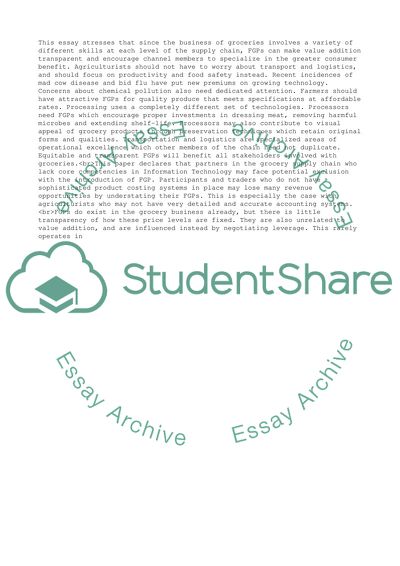Cite this document
(“Factory Gate Pricing (FGP) Definition Essay Example | Topics and Well Written Essays - 2250 words”, n.d.)
Retrieved from https://studentshare.org/business/1501540-factory-gate-pricing-fgp-definition
Retrieved from https://studentshare.org/business/1501540-factory-gate-pricing-fgp-definition
(Factory Gate Pricing (FGP) Definition Essay Example | Topics and Well Written Essays - 2250 Words)
https://studentshare.org/business/1501540-factory-gate-pricing-fgp-definition.
https://studentshare.org/business/1501540-factory-gate-pricing-fgp-definition.
“Factory Gate Pricing (FGP) Definition Essay Example | Topics and Well Written Essays - 2250 Words”, n.d. https://studentshare.org/business/1501540-factory-gate-pricing-fgp-definition.


